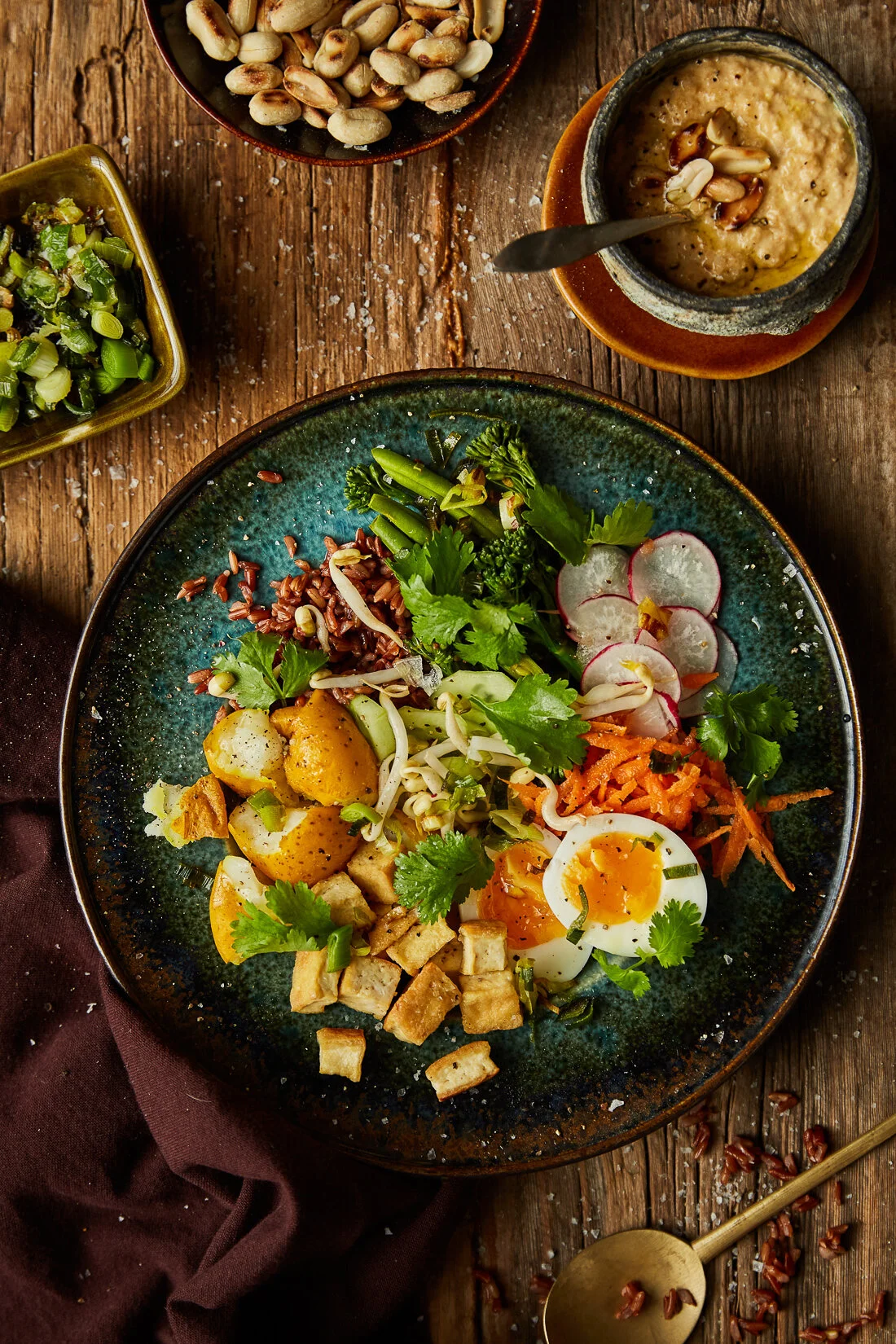You only get one body—it’s with you for life, and it’s your responsibility to care for it as you would any other precious thing you own. Your body has already carried you through so much, and even if you haven’t always prioritized your health, change is always possible. You’re never too far gone, and it’s never too late to see results. Sustainable change takes time, and patience is key, but even two weeks of mindful choices—nourishing your body and cutting out harmful foods—can bring noticeable shifts in energy, mental clarity, and even weight loss.
Store-bought dips are often packed with thickeners, foaming agents, and preservatives to extend shelf life and bulk up the product. This homemade version, however, is rich in peas, which are loaded with vitamin K and folate—essential for heart health. They’re also an excellent source of vitamin C, giving your immune system a natural boost. Simple to make and packed with goodness, this dip is a delicious, nutrient-dense addition to your table.
Serves: 6
Preparation time: 5 minutes
Cooking time: 5 minutes
Ingredients:
3 cups fresh or frozen peas
zest and juice of ½ lemon
2 tablespoons tahini
1 clove garlic
¼ cup packed fresh mint leaves
3 tablespoons olive oil
salt and pepper
Instructons:
If using fresh peas, skip this step. If you are using frozen peas, add them to a large bowl with boiling water, just enough to cover them. Let them blanch for about 3 minutes. Once ready, drain and add them to a bowl of ice water to stop the cooking process. Drain the water and set aside.
Place the lemon zest and juice, tahini and garlic into a food processor or blender and blend until smooth. Add the peas, mint, olive oil and salt and pepper and blend until smooth or until you have reached your desired consistency. You can leave it a bit chunky but make sure it’s well combined.
Serve as a dip with freshly chopped vegetables or on toast with sliced tomato and black pepper. I keep this in the fridge as a go-to snack and it is great to add to your meal prep. It’s high in protein and will keep you fuller for longer!
-Melissa




